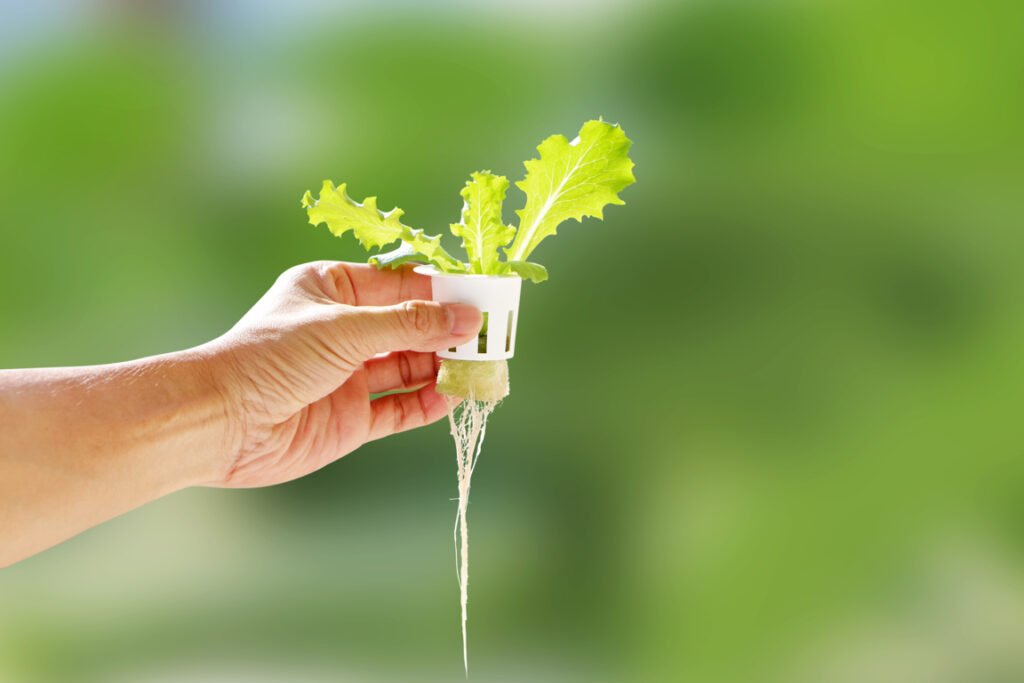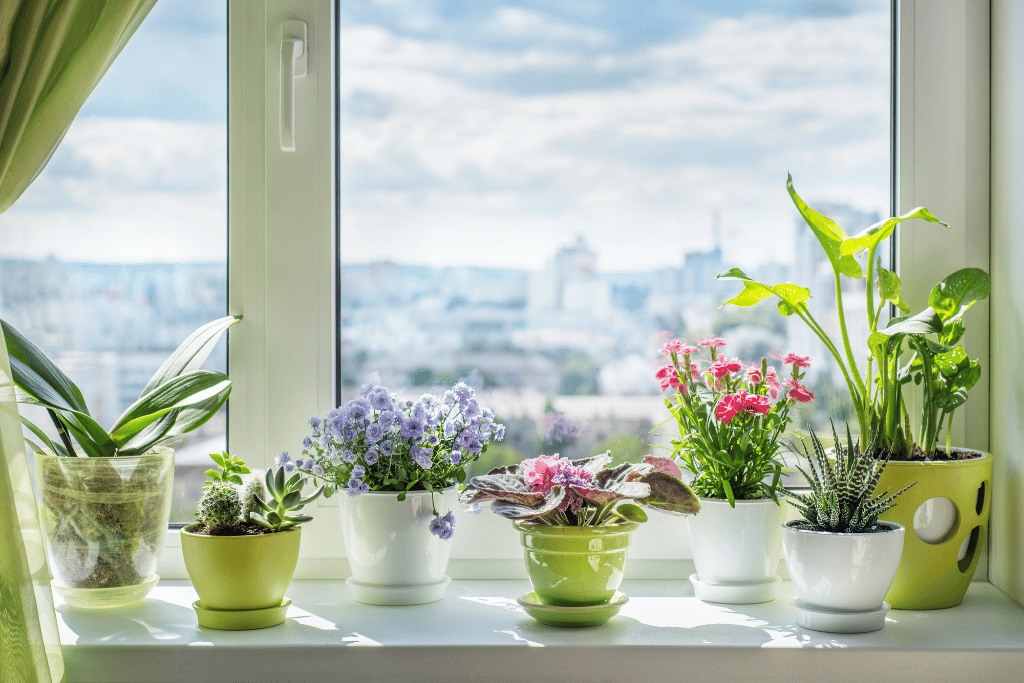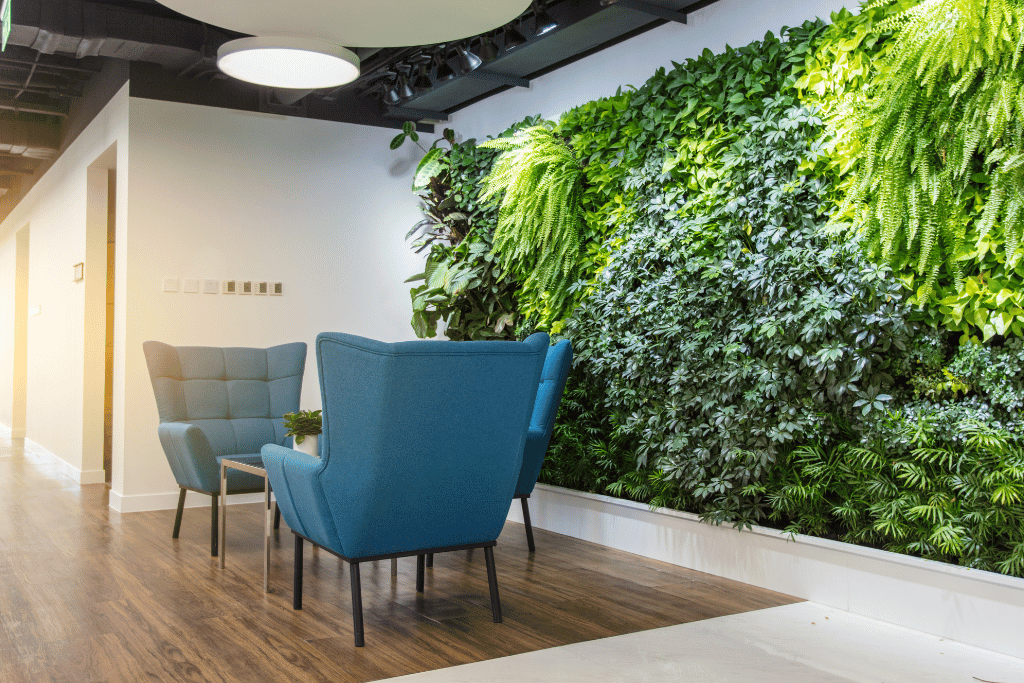
Thinking of starting your plant wall? Well, congratulations! You have taken on an immensely rewarding project that can bring empty spaces and dead walls of your home to life.
However, just like everything else, there is a learning curve involved. As your trusted gardener, I want you to speed up the process and reap the fruits of a vertical garden sooner than later.
Therefore, this article will be all about indoor plant wall decor. I will discuss some of the best practices you should follow, along with plant recommendations and arrangement ideas. Let’s dive in!
Indoor Plant Wall Decor Best Practices
1. Provide Good Support
When you’re choosing a particular wall for plant decor, make sure that it can support the weight of the plants and potters. You can increase the support in different ways. For example, you can put a plywood sheet behind the garden, create a metallic frame to support planters, or install shelves. You also need to protect the wall from moisture, which can be done using a polyethylene cloth.
2. Keep Things Clean
It might come as a surprise, but indoor plant wall decor can be messy. To always keep your vertical garden and the space surrounding it looking clean, invest in a rubber mat/rug and place it under the wall. It will help collect the drips and mess for easy cleaning.
3. Install Additional Lighting
An indoor green wall might not meet the ideal sunlight requirements, and you can give it that by adding grow lights. You can place them strategically to enhance their aesthetics while helping the plants grow better. To automate the system, you can install a timer to turn the grow lights on and off on a schedule.
4. Make the Right Choice
You can only create a stunning and successful plant wall by understanding your particular environment and the plants best suited to that environment. Consider things like sunlight, air circulation, support, and space of the place you have chosen to install a plant wall, and then choose the plants accordingly.
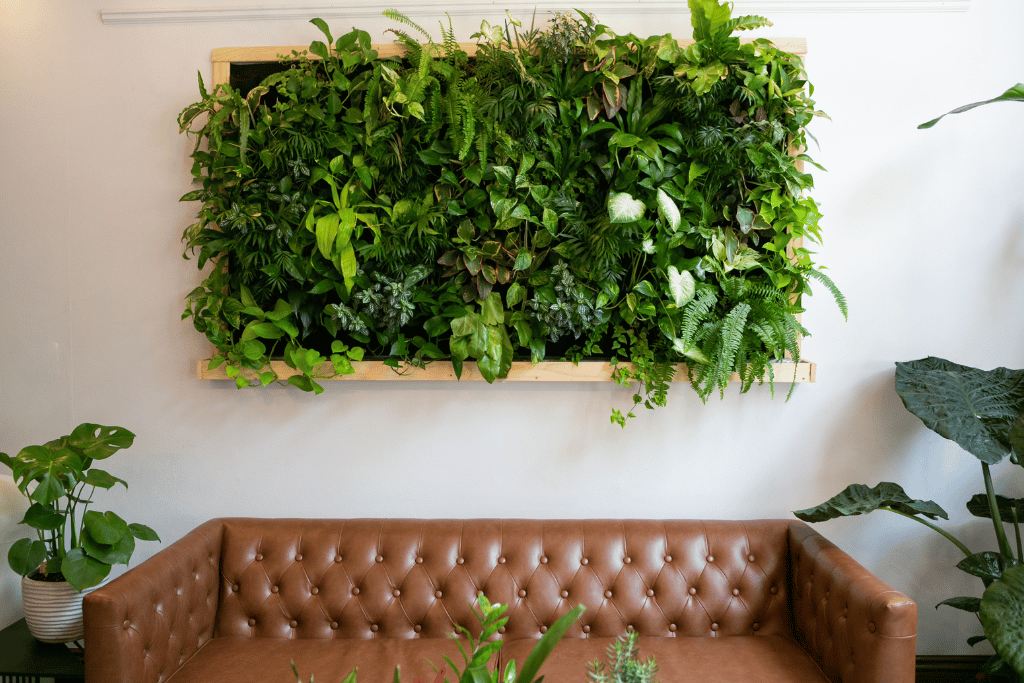
You can also hire an interior designer or a landscaper to guide you in selecting plants for your green wall. These professionals can better determine the aesthetic and environmental value of the plants you’re considering.
5. Pick the Right Potting Mix
Depending on the plants you choose to adorn your wall, you must pick the correct type of soil mix. For example, succulents prefer a loose potting mix.
6. Meet Fertilization Requirements
Indoor plants have a harder time getting nutrients readily available to outdoor plants through bio-waste and rainfall. Therefore, you may need to fertilize your wall plants for added nutrition and better results. The key is understanding the nutritional requirements of the plant you are growing and feeding it accordingly.
How to Choose Plants for Indoor Plant Wall Decor?
Generally, every plant must meet specific criteria to qualify as an indoor plant. Not each plant may necessarily meet all the requirements; however, the more of the following qualities they have, the better:
Are Hard to Kill
Another quality of a good indoor plant is that it is hardy and requires little maintenance. If your plant belongs to the category that is hard to kill, is safe for indoor environments, and meets other requirements on this list, you can choose it without thinking twice.
Can Thrive in Mid-Low Lighting
Only some indoor spaces will have access to bright sunlight. Any plant that requires bright direct sunlight will be a poor fit for an indoor plant wall decor setting. Therefore, when picking plants, choose those that require little sunlight. These types of plants will also do well in artificial grow lights.
Don’t Grow Huge
If you’re decorating a wall in your home office, you can’t practically support plants that grow to enormous sizes. Apart from their space requirements, they also require more nutrition, a lack of which can lead to their death. Therefore, look for plants that grow to a small size and stop.
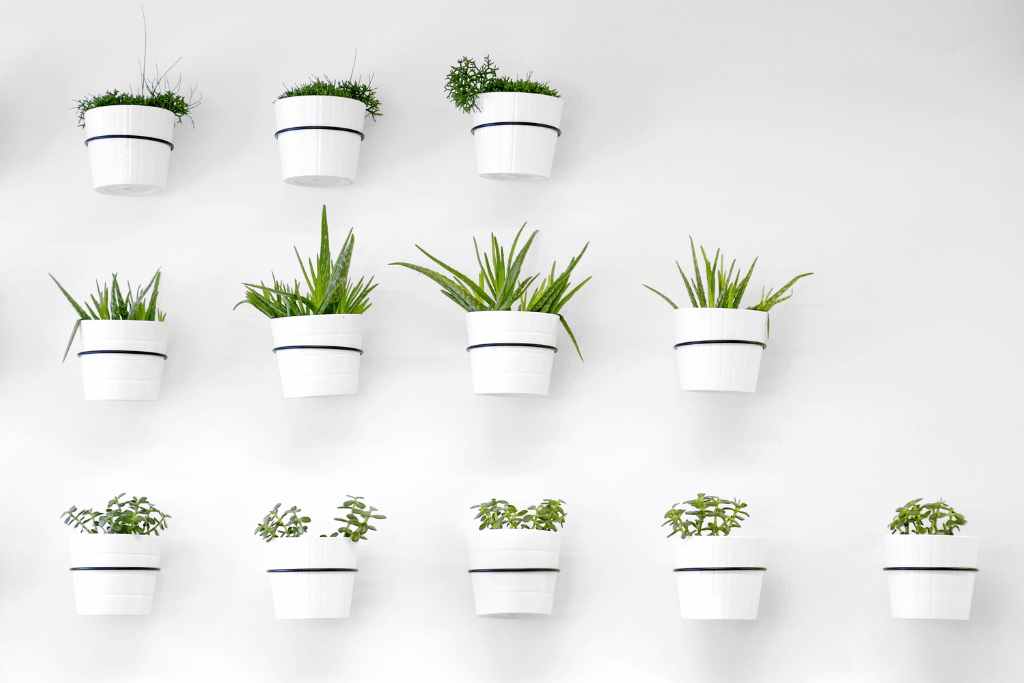
Can Live Out a Dry Spell
Not every indoor plant has to meet this requirement, but it’d be better for you and your plant if it did. Indoor environments have little humidity as compared to outdoors. For example, an air-conditioned living room will dry out your plants quickly and frequently. Therefore, add plants that require little water and can survive in drought-like conditions. For example, a variegated string of hearts plant is an excellent choice for a low-humidity environment.
Recommendations for Indoor Plant Wall Decor
Here are some plants I would recommend for your indoor wall decor:
Philodendron
Philodendron is a climbing plant with heart-shaped leaves that can adapt to different growing environments. Since it doesn’t require much attention, it is best for people just beginning their indoor plant wall journey!
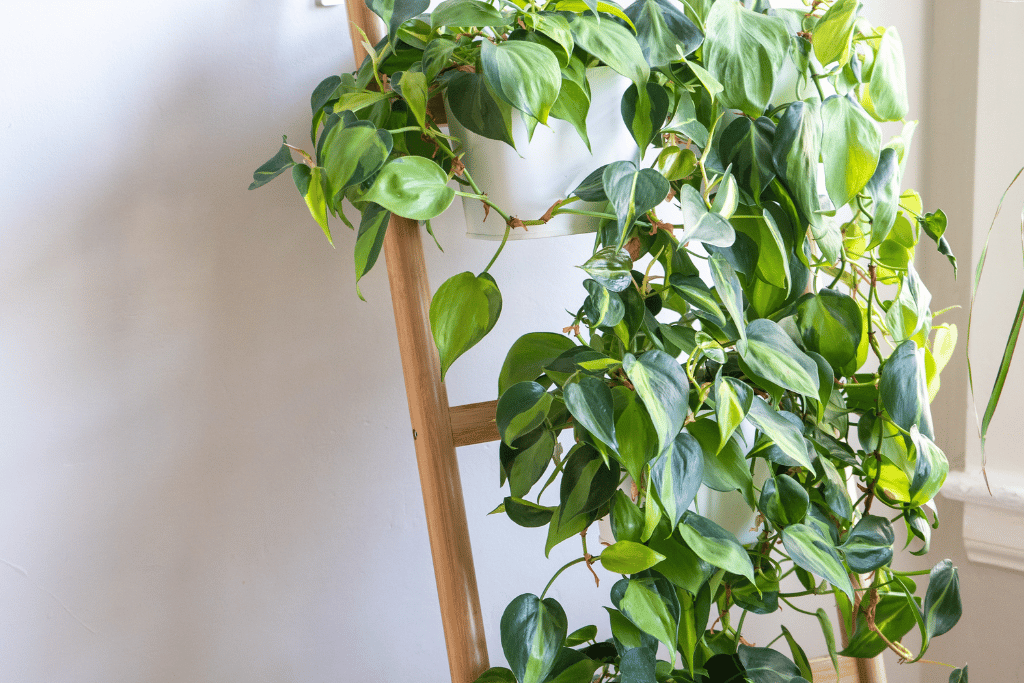
Lipstick Plant
The lipstick plant features red blooms that look like lipstick. It has shiny green leaves, and it flowers throughout the year. This plant can add color to your indoor plant wall. Moreover, it can also tolerate dry and low-light conditions, and you can train it to climb too!
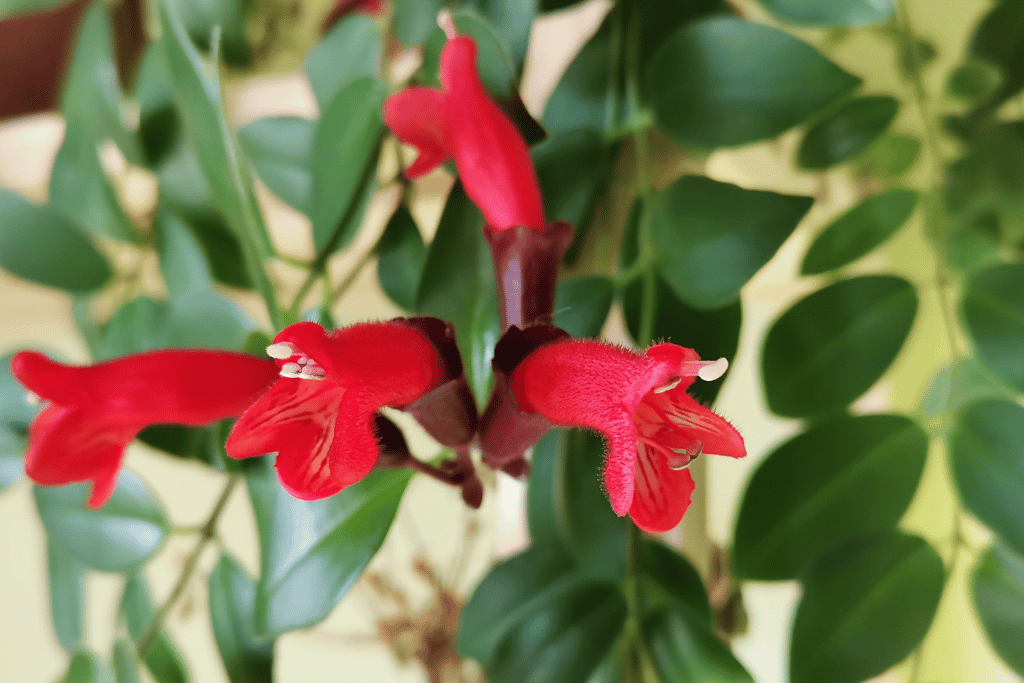
Air Plants
Belonging to the bromeliad family, this plant has hundreds of varieties and species to choose from. It requires very little care and doesn’t need soil as it can absorb nutrients through its leaves. Soak them in room temperature once every two weeks, and you’re good to go.

Baby’s Tears
This plant is remarkable at adding foliage and the look of lushness to your wall garden, thanks to its tiny leaves arranged like a mat. It prefers moderate light and moist soil.
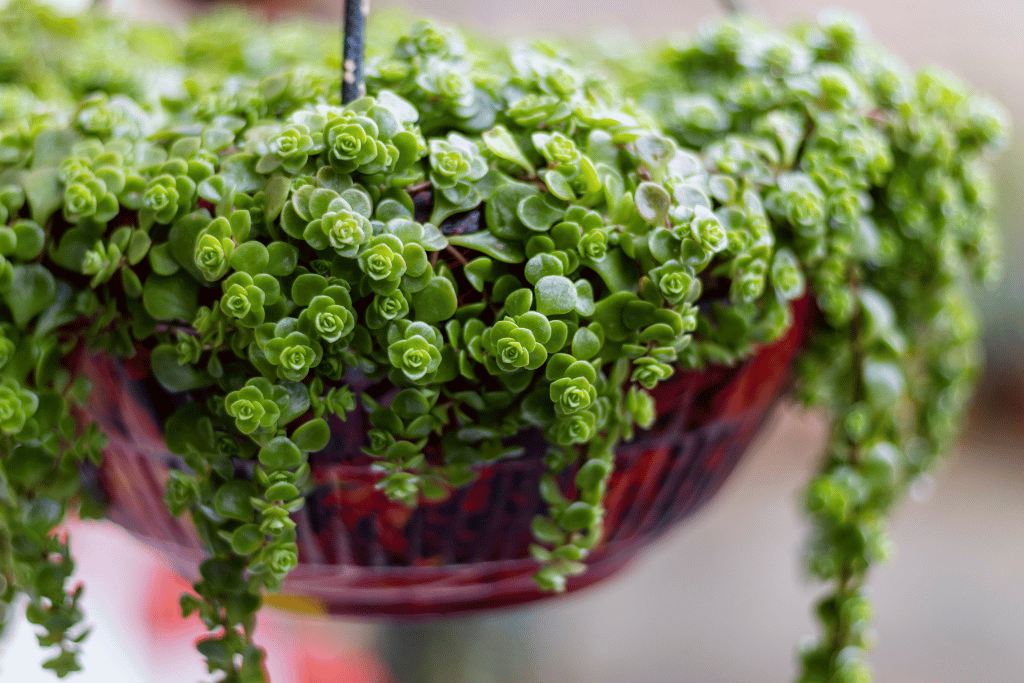
Herb Plants
I would also recommend adding some herbs to your plant wall. They are both functional and aesthetic. Herb plants best suited for low-light conditions include lemon balm and mint. On the other hand, herbs like chives, purslane, parsley, and basil grow well in partial shade.
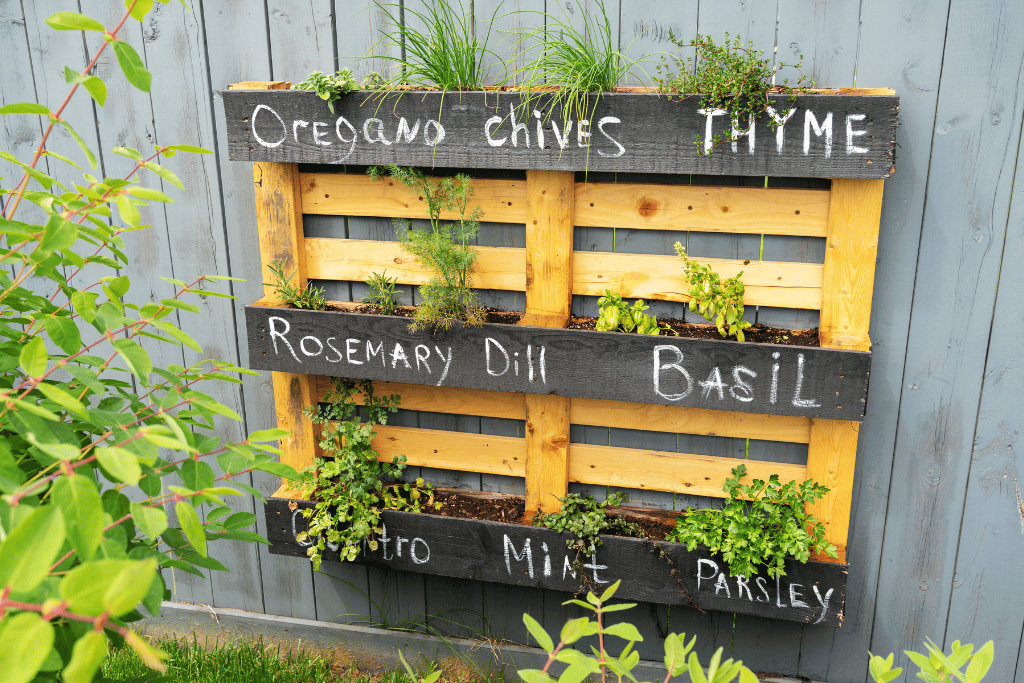
Pothos
Also known as Devil’s Ivy, Pothos is a low-maintenance plant perfect for a vertical garden. It has heart-shaped leaves and can adapt to different lighting conditions, such as semi-shade or bright. You can also add varieties with different foliage markings, such as cream, gold, or white.
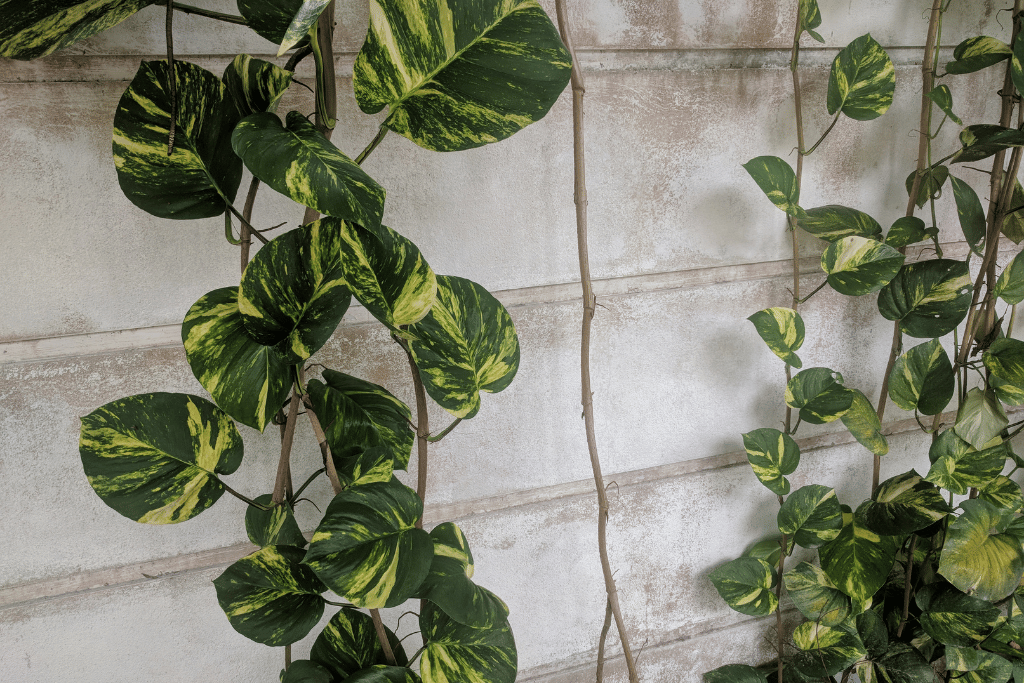
Ferns
Ferns are a category of plants that are well-suited for indoor plant walls. They are quite adaptable to new environments. However, they do require a bit more moisture and indirect bright light. You will frequently see this plant in vertical garden or wall decor ideas.
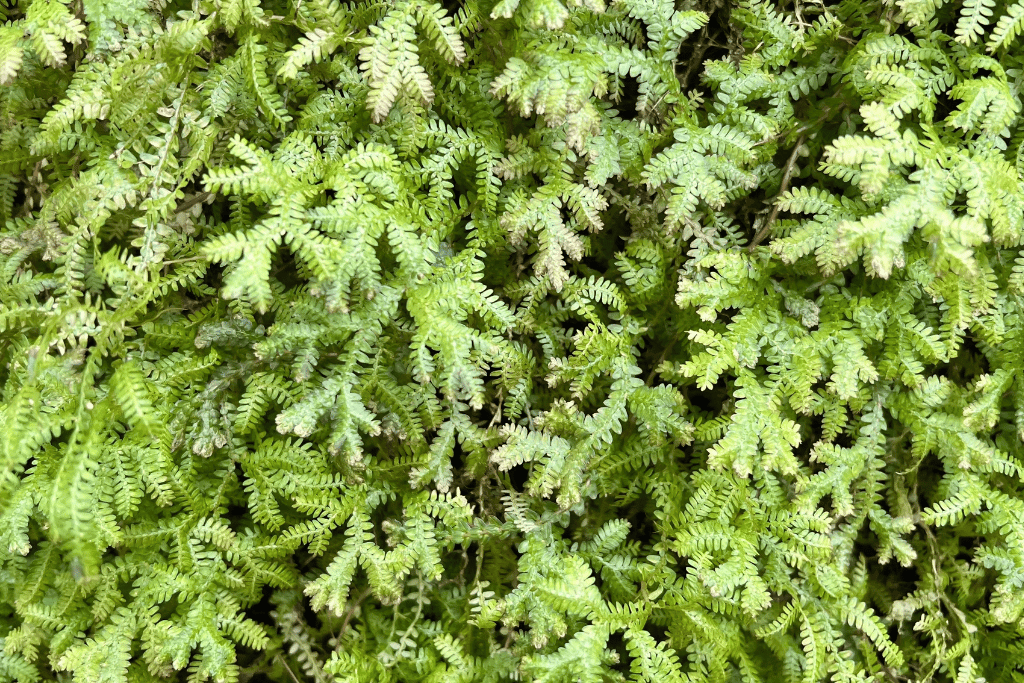
Watering Instructions for Indoor Plant Wall
Outdoor plants have more access to water through rainfall and groundwater. However, indoor plants don’t have that luxury. Therefore, you must develop a regular watering schedule for your indoor plant wall.
Lack of a watering schedule can lead to underwatering, which can exhibit itself through dry soil and crunchy/ brown leaves. If this continues for some time, your plant wall will have little chance of survival. Moreover, indoor settings have air-conditioners or centralized heating, which tends to dry out moisture and soil rapidly.
So what’s the solution? You can either water your plants yourself or set up a green wall irrigation system. It is an automated system that handles your plant wall’s watering needs without human intervention. Depending on the plants you’re growing, it can also be customized to meet your particular needs. Whether you’re at home or not, it will look after your vertical garden 24/7.
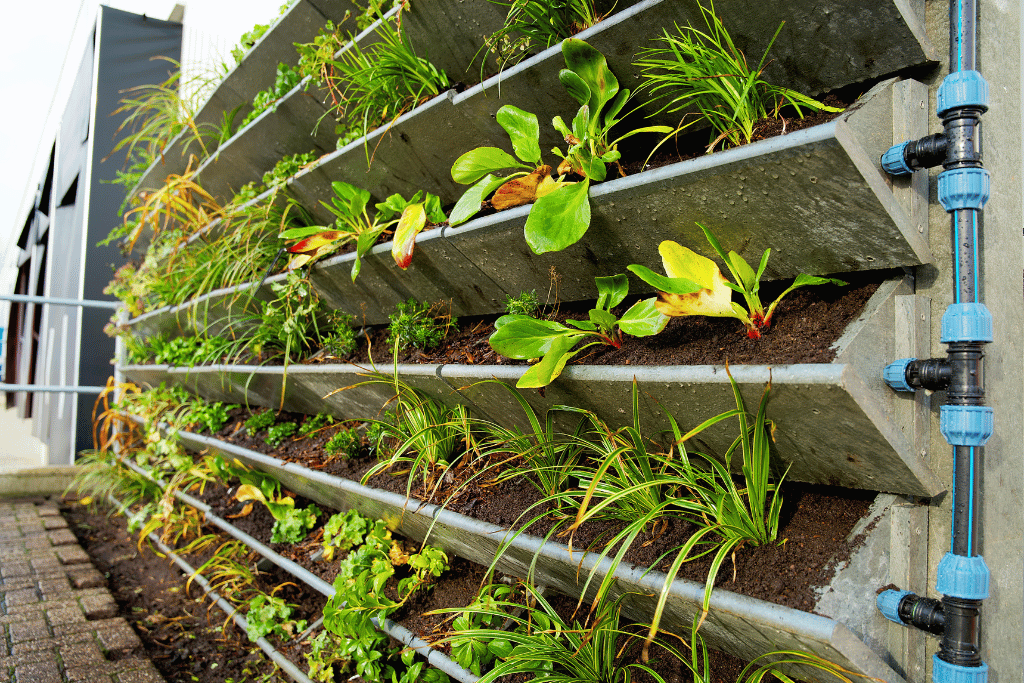
Investing in such a system will also prevent you from over-watering your wall garden. Over-watering can occur due to human error or when you don’t know the watering requirements of the plants you’re growing. Some signs of overwatering are soggy soil and limp/yellowing leaves. Over-watering can also lead to issues like mold and root rot in your vertical plants.
Indoor Plant Wall Decor: Top 5 Ideas
Here are my top 5 arrangement ideas for a stunning and eye-catching indoor plant wall decor!
1. Potted Vines in Metal Frames
You can install geometric frames of metallic pipes to support individual potted vines. Vines will add an eccentric look, while the frames will balance it with a chic and classy feel.
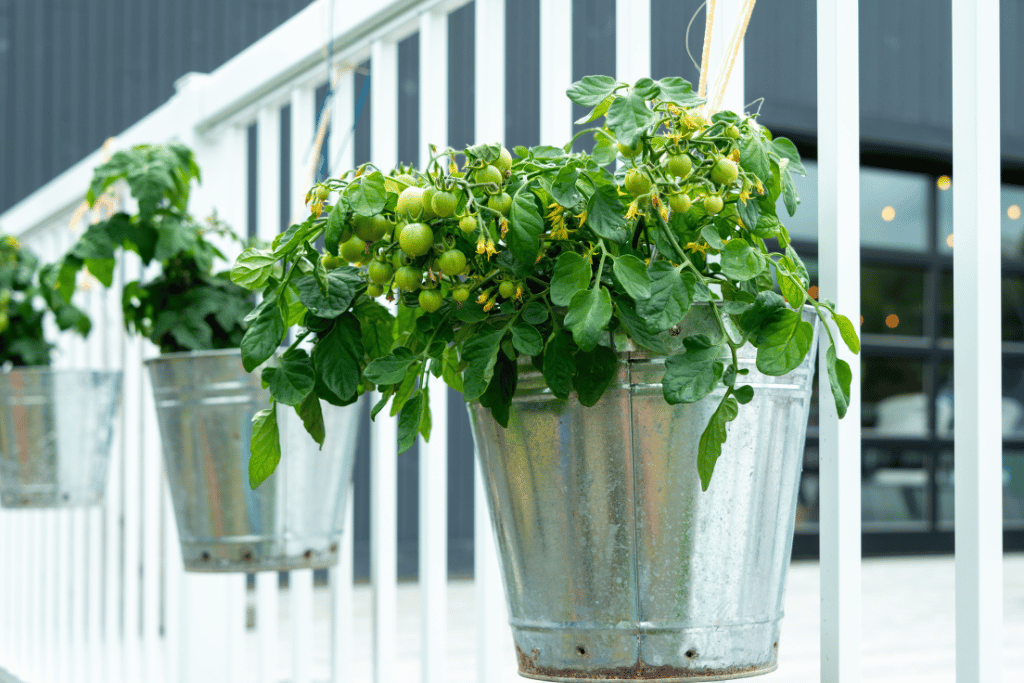
You can also experiment with different pot sizes, multiple vine types, and flowering vines to add color, texture, and variety to the wall decor. To take the elegance one step further, you can add lamps for each potter so that they become the center of attention when it gets dark.
2. Vertical Garden cage
This is a unique idea where you install a vertical garden in a cube-like cage. This is perfect for areas where you want to use two adjacent walls and maximize the planting space. The cubical metallic frame will allow you to house more plants and variety than simply using vertical walls.
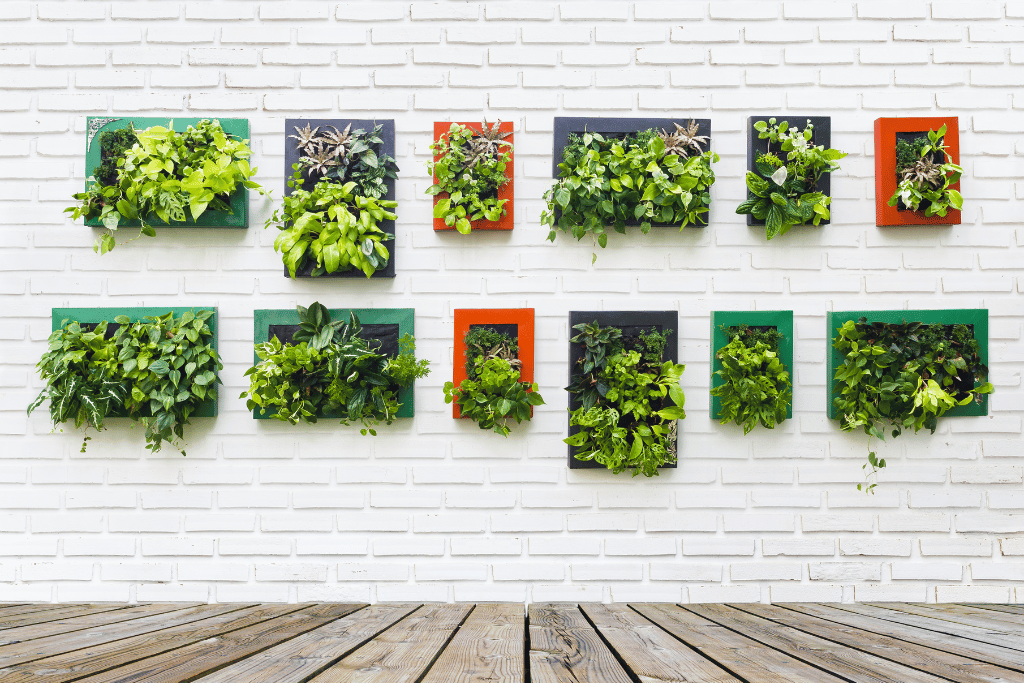
You might need to hire an interior designer to help you choose the suitable material to support the weight of the plants. When done correctly, the lush foliage and vibrant flowers housed in a black metal frame will steal the show!
3. Glass Planters
This arrangement is ideal if you want to experiment with growing plants in water. Simply create glass planters in the geometrical shapes you prefer, with a glass at the front to contain the water. You can then hang these containers on the plant wall, increasing the aesthetic charm of a transparent planter.
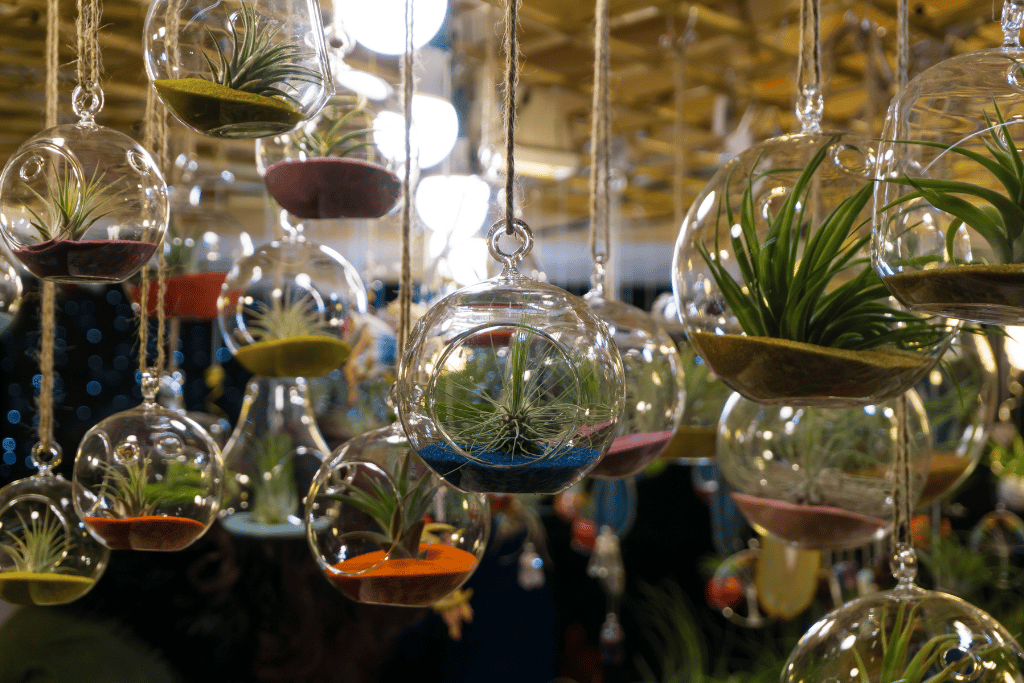
If glass seems dangerous, you can also use transparent acrylic sheets for these planters. However, the key is keeping these planters spotless and changing the water to maintain the fashionable look they promise.
4. Staircase Wall Garden
The wall along a staircase is often the most neglected and underused part of the house. You can spruce it up by installing sturdy metallic mesh along the staircase wall and adorning it with the plants of your choice. You can tie the planters using wires to the metallic frame.
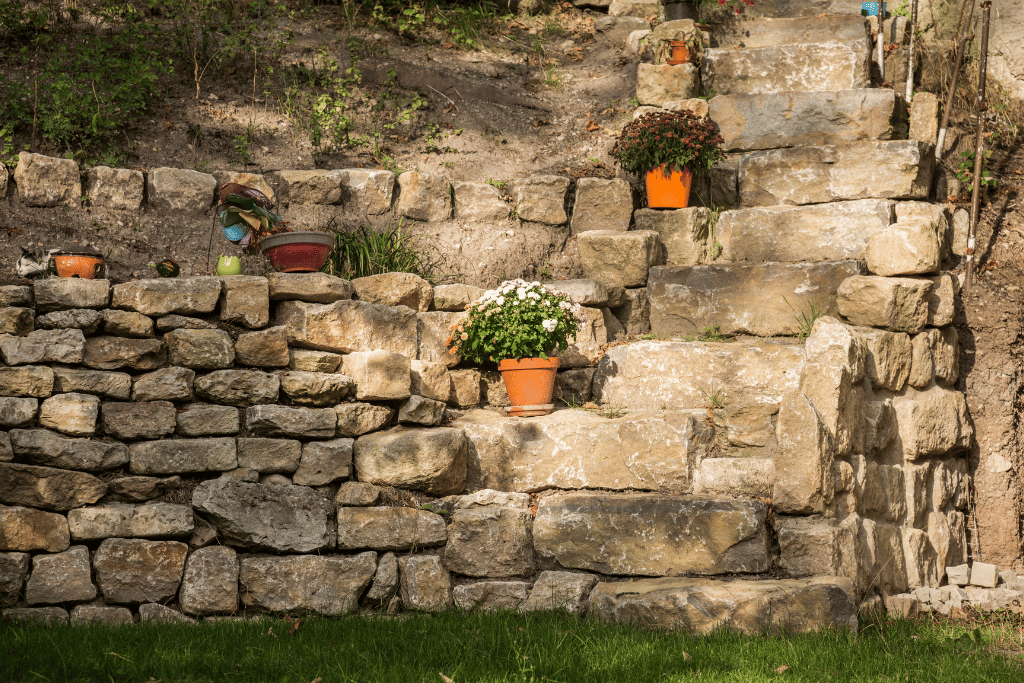
5. Circular Succulent Planters
This is a creatively challenging design where you use circular pieces of wood or another material that are at least 5 inches thick. This circle is covered on one side by the wall and on the other by a semi-circular glass/acrylic sheet.
This style is a flawless way to plant succulents, as you can also add color and texture through your soil mix by adding perlite, peat moss, and loose soil. The soil layers and multi-texture succulents will demand to be noticed.
Final Words
Starting an indoor plant wall can seem overwhelming at first. The key is to start small by selecting a smaller space and fewer plants. Once you get the hang of it and gain some confidence, you can move on to bigger projects and more experimentation.
Following the best practices listed in this article will reduce the chances of rookie mistakes I made when I started my vertical garden. The idea is to love what you do rather than seeking perfection!


